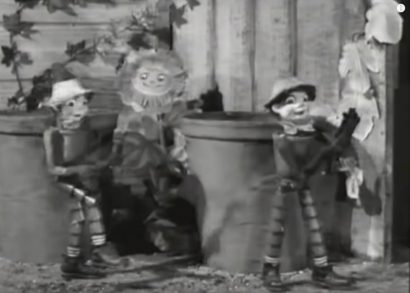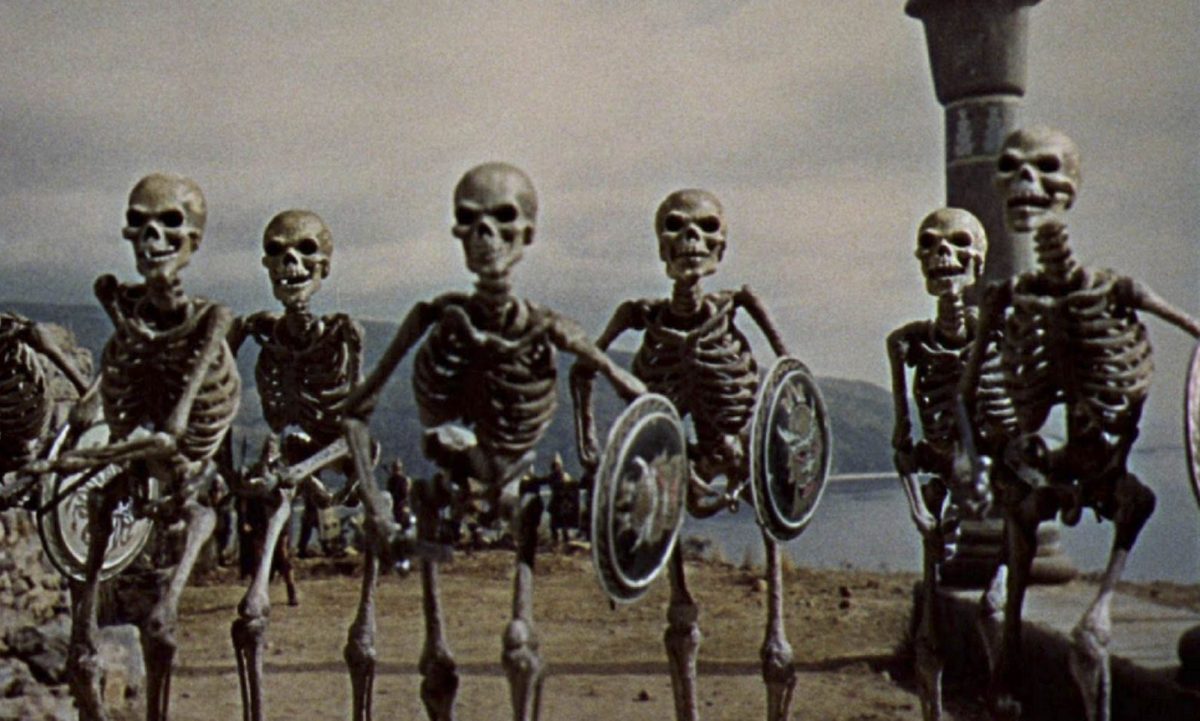
On animation: a personal history- Part 1
Animation
15 March 2019
Too much time in front of the telly – the fruits of my idleness.
a wee laddy parked in front of the TV, nothing raised my expectation of viewing pleasure more than the animated kids’ programmes the BBC put on before or after the boring news. This pernicious influence is probably why my dust bunny story manifested itself, in my imagination, in animated form.
Here then are those early influences that imprinted themselves on me as a grimy tyke and ‘shaped my vision’. More precisely, here’s where I stole stuff from for my animated idea.
Scissors and string
I don’t recall much cel animation with any great fondness but I do remember the cut-out paper figures. Simple and lovingly crafted, these short tales kept me rapt.

This is The Saga of Noggin the Nog, one of the early films by Peter Firmin and Oliver Postgate and I’ll be coming back to their work later.

Captain Pugwash was also brought to life with cardboard and scissors. The ship, waves and characters were all operated by off-screen levers and filmed as it happened. There was a jaunty sea shanty theme tune but very little actual piracy though.

Our early version of 3-D animation was marionation, puppetry – things on the end of strings.
Bill and Ben the Flowerpot Men hung out with a flower called Weed. Innocent days.

From marionation to Supermarionation by Gerry and Sylvia Anderson
It wasn’t about making the action look as realistic as possible because as a sproglet, I didn’t much care if the locomotion wasn’t anatomically accurate or that the exhaust plumes from a speeding Thunderbird went upwards instead of backwards like it oughter. I was there to geek out on the tech.
And what is it about watching the same launch sequences again and again and enjoying them every time? Familiarity breeds content I suppose. (And almost 3 minutes of re-usable content for every episode.)
The new Thunderbirds have lovingly re-created those same launch sequences, bless them.
I watched other forms of 3-D animation none of which involved computers but did feature a lot of strangely plodding characters. I did not bemoan their lack of animal grace.
In part that was because I was familiarized with the notion of stop motion (called DynaMation this time) through the work of Ray Harryhausen in Jason and the Argonauts (1963). It didn’t matter in the skeleton fight that the skeleton warriors didn’t move like people, it still doesn’t. (link below)

Meet the plodders. Odd lot.
Strangely humourless but engaging. I enjoyed watching them yet I did not necessarily like them. I liked the snail, the rabbit and the dog from the Magic Roundabout though – they seemed the most human.

Magic Roundabout. Kids loved it, adults loved it. Eight million viewers at its peak. Perhaps it was something they put in the sugar.

The Herbs. Set in an English country garden. Bayleaf is the gardener, he works from early dawn, sweeping up the garden and tidying the lawn. Each herb had a song and we learned them all.

The Trumpton Fire Brigade. Introducing, from left to right; Pew, Pew, Barney McGrew, Cuthbert, Dibble, Grub. From the imaginary stop-motion county of Trumptonshire.